Use these tactics
Let’s explore these tactics with an example: Pip’s Travel Agency
The agency aims to better value its team by prioritising wellbeing and ensuring every member feels appreciated. See below how Pip’s Travel Agency uses these tactics to solve their challenge.
1
Use Onboarding Retro to improve onboarding
Use Onboarding Retro to improve onboarding
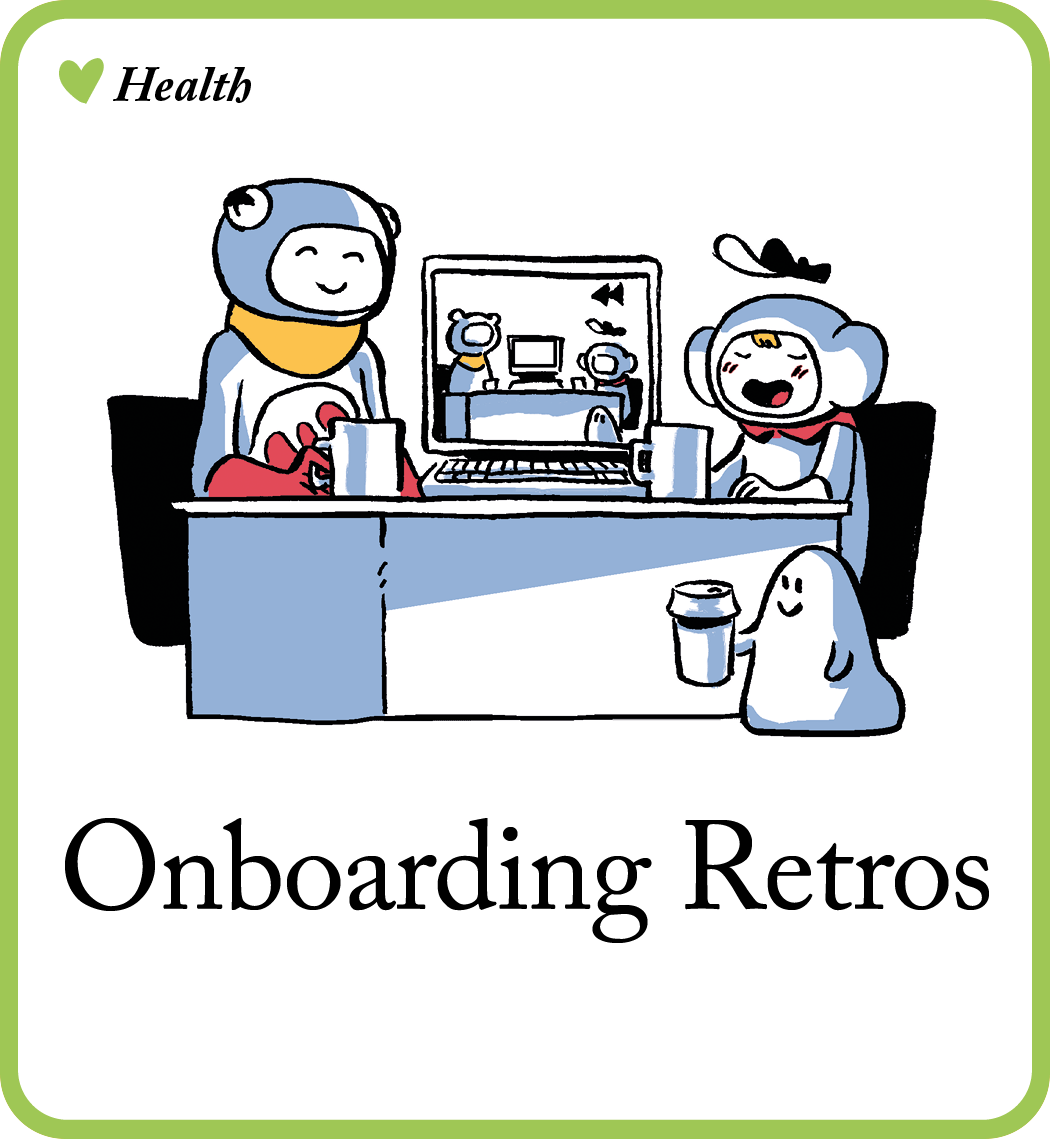
⏱️ Time: 45 minutes
🧠 What’s the goal? Monitor your onboarding process and help people feel part of your team from day one.
👀 Why is this important? This tactic helps people feel part of your team from day one. According to LinkedIn, almost a quarter of people have decided they are going to leave their role within the first 45 days. The cost of employee turnover is generally a lot higher than people account for. It pays to give your onboarding process constant attention.
💡 Tip: it can be stressful starting a new job. You can go from knowing everybody and how everything works, to knowing no people and how nothing works. This tactic will make sure your new employee is both listened to, and supported by the right people.
Instructions
-
Book a session with new folk 4 weeks after they start. (complete before)
-
Write down ‘When you first heard about the job’ on the left of a piece of paper, and ‘today’ on the right. (1 minute)
-
Ask your new starter to talk you through each step from then, to today. Write down each step as they talk, along with any pain points or ideas to improve. (15 minutes)
-
Once you have reached ‘today’, ask the participant to review the steps and add anything you missed to their onboarding retro. (5 minutes)
-
Collate your onboarding retrospective on a digital board or document and combine into a master journey. (10 minutes)
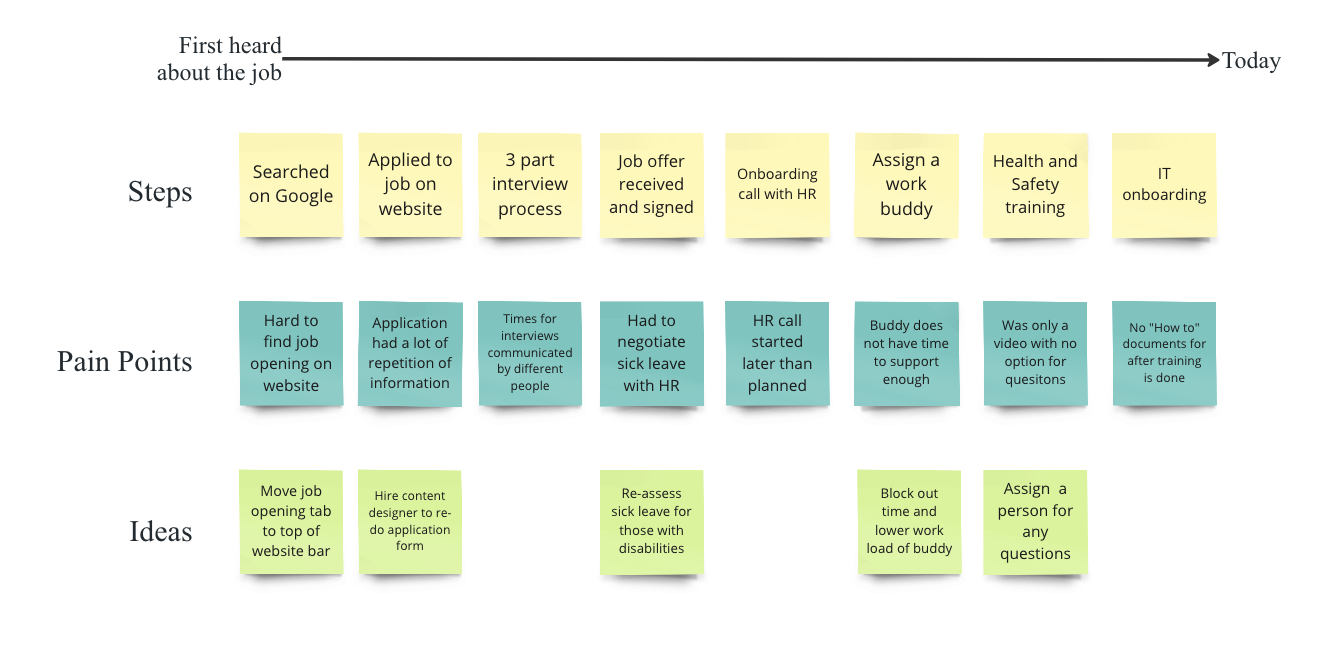
-
Review the onboarding retrospective, implement any appropriate ideas that have been suggested and add them to an onboarding checklist. Use Who, What, When to make sure it is followed. (15 minutes)
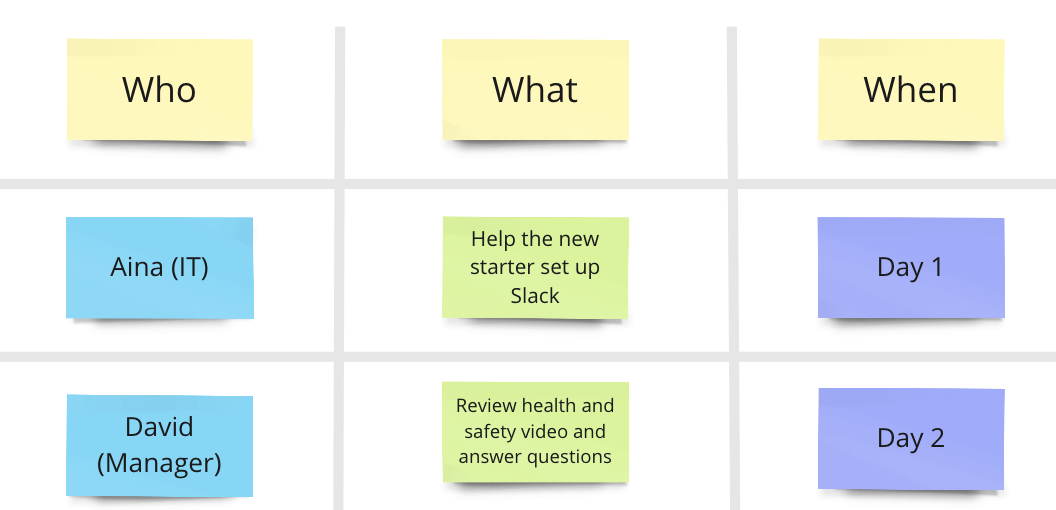
⬇️ In the next tactic, keep track of your teams members’ wellbeing with a Health Monitor.
2
Use Health Monitor to check in with your team
Use Health Monitor to check in with your team
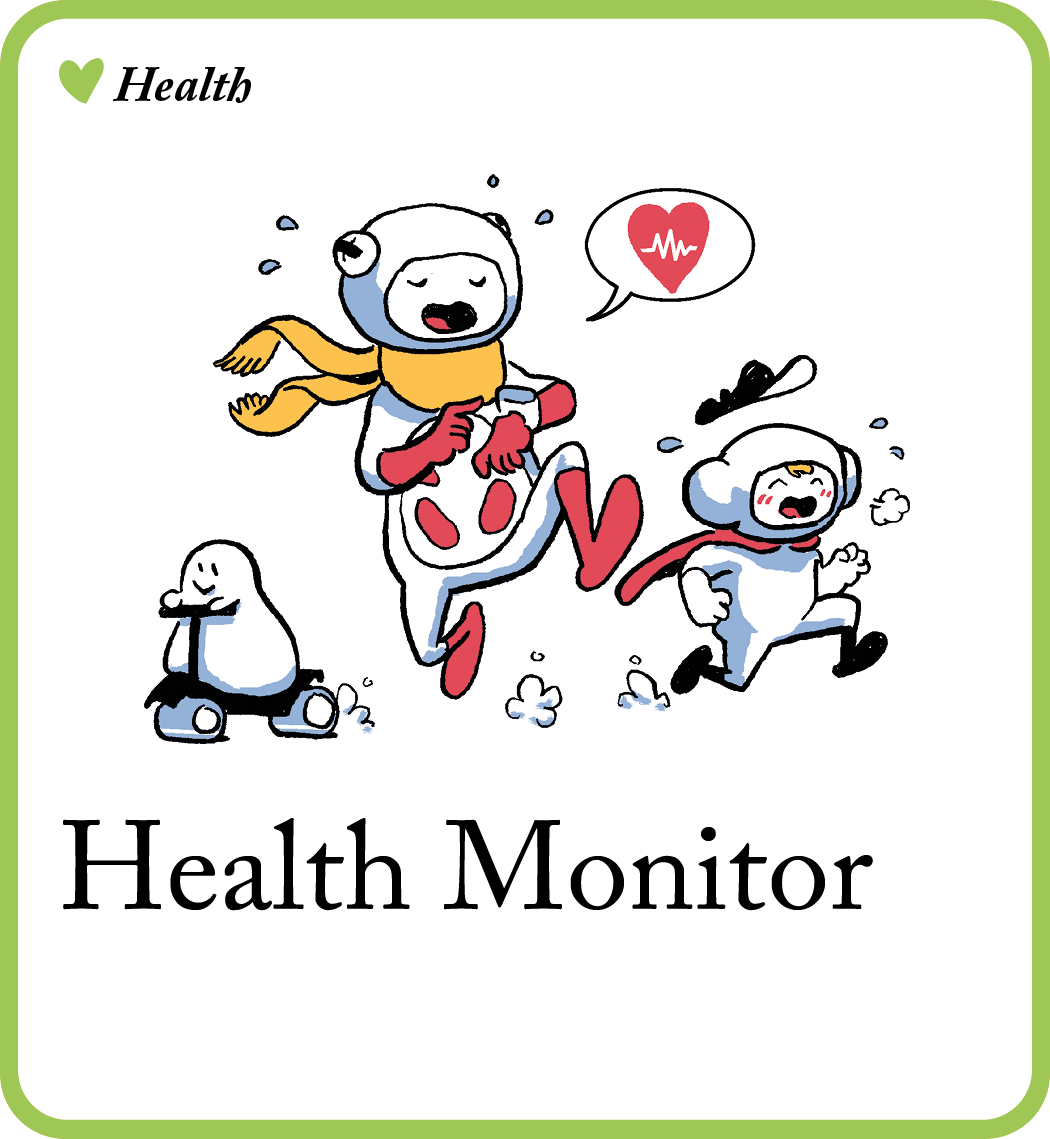
⏱️ Time: 1 hour
🧠 What’s the goal? Keep track of your teams members’ wellbeing to learn when and where they need support.
👀 Why is this important? This tactic helps you fix what you can control, and mitigate risk on what you can’t. Research by Oxford University shows happy workers are 13% more productive. Measure the little things that keep your team happy to discover patterns over time.
3
Use Team Appreciation to share good vibes
Use Team Appreciation to share good vibes
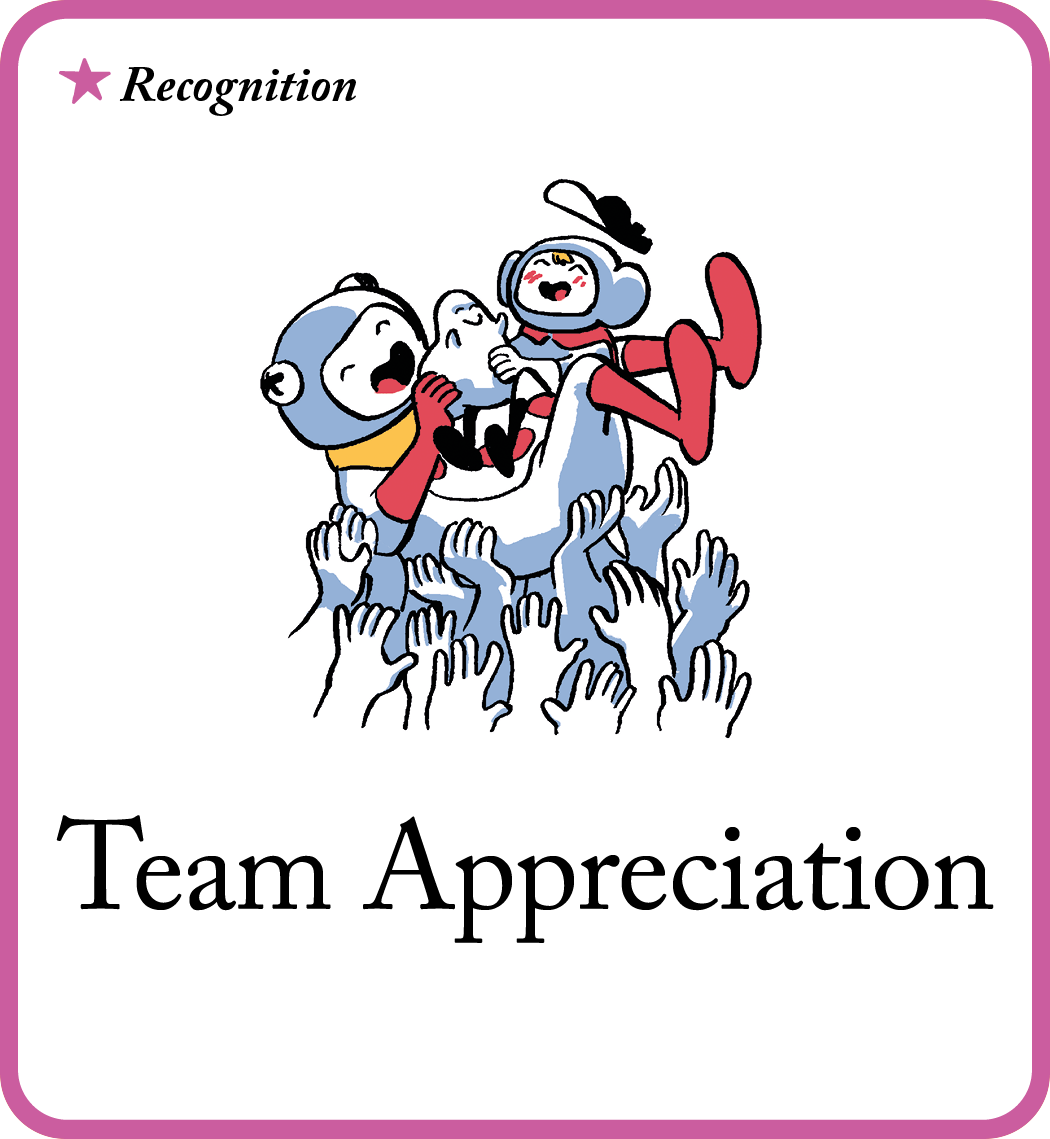
⏱️ Time: 35 minutes
🧠 What’s the goal? Put a smile on everyone’s face by sharing good vibes.
👀 Why is this important? This tactic fosters an environment of acknowledgement and respect. Employees in a recognition-focussed organisation are five times more likely to feel valued, six times more likely to invest in the company, seven times more likely to stay, and eleven times more likely to feel more satisfied (Gallup, 2016). Wow!
💡 Tip: use Agile Comms to regularly share the gratitude.
Instructions
- Draw a grid with your Team Values horizontally across the top and the names of each person down the side. (5 minutes)

-
Give your people time to add things they appreciate about other people relating to your values. (15 minutes)
-
Either ask people to read over their own appreciation or, if you have time, read them all out and give each person a round of applause. (15 minutes)
⬇️ Now that you have completed all three tactics, keep going. Valuing your team is a constant and important endeavour.
What ways can I use this recipe?
- Ongoing process: use these tactics regularly and consistently to maintain a great working environment.
What do I need before I start?
In person
- Prepare (book room, invite people, write and share agenda)
- Materials (whiteboard, sticky notes, pens)
- Tech check (charger, adapter, screen projector)
- Room (refreshments, temperature, chairs, wall space)
Hybrid
- Prepare (book room, send call link, invite people, write and share agenda)
- Materials (whiteboard, sticky notes, pens, Miro board)
- Tech check (charger, adapter, screen projector)
- Room (refreshments, temperature, chairs, wall space)
Online
- Prepare (invite people, write and share agenda, create and send call invite)
- Materials (Miro board)
- Tech check (charger, adapter, microphone/headphones)
Extra reading
- Be ready to use Active Listening
- Bring your Emotional Intelligence
- Read about your role as a Facilitator
What next?
Congratulations, you have completed your How to value your team recipe! You are showing your team their value through open communication and recognition-focused systems.
Now that you’ve communicated to your team in a way that supports their wellbeing and mental health, you can foster trust and safety with How to Build Psychological Safety.

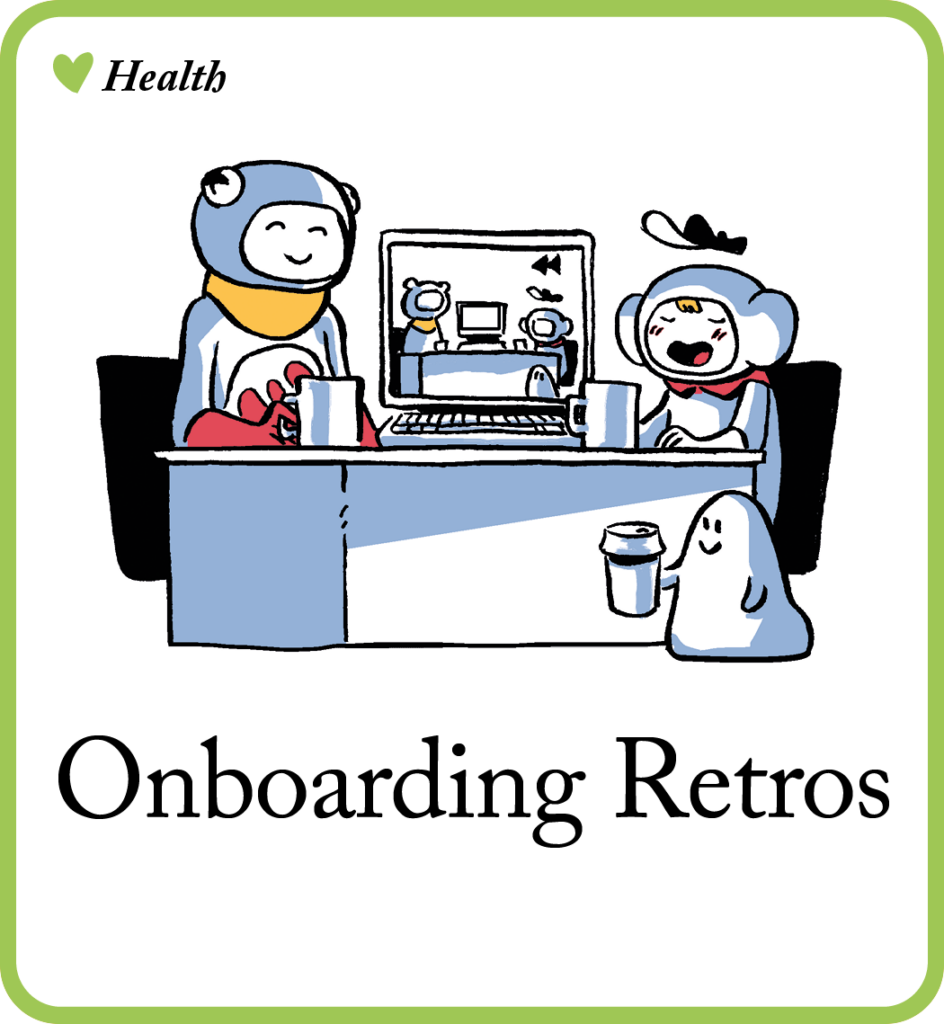

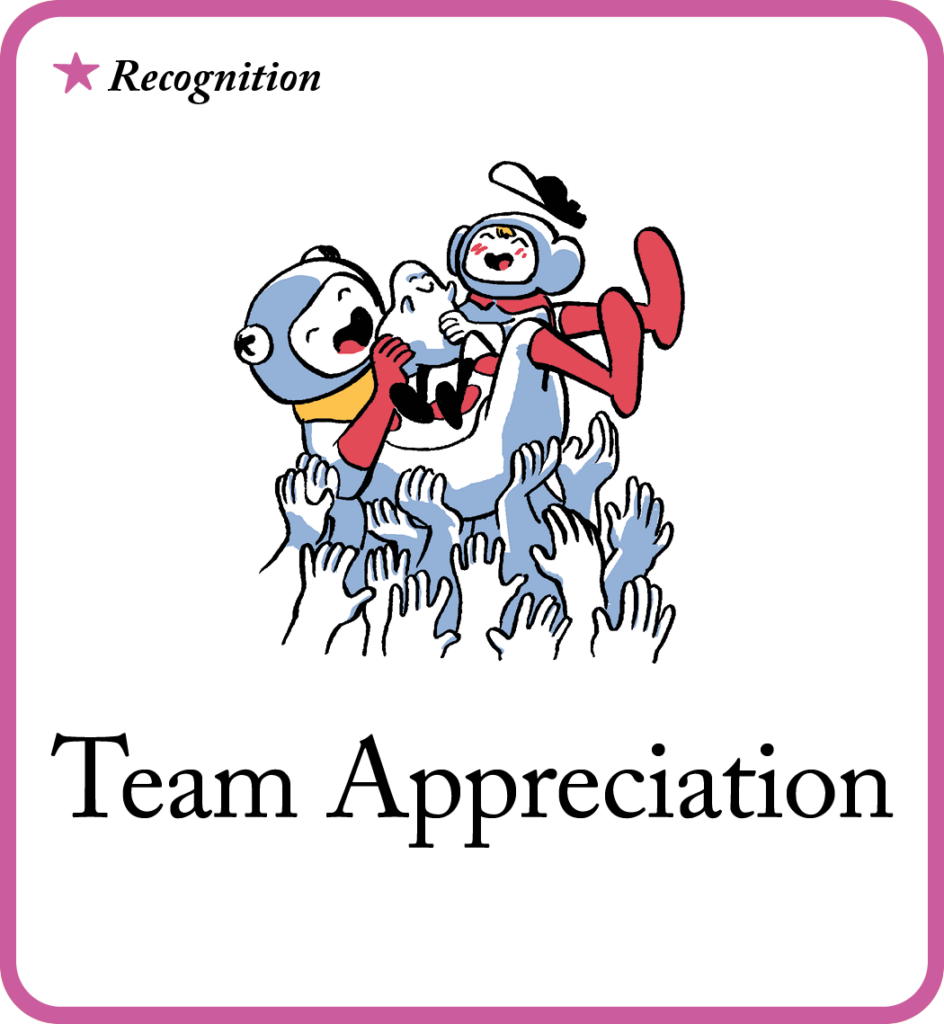
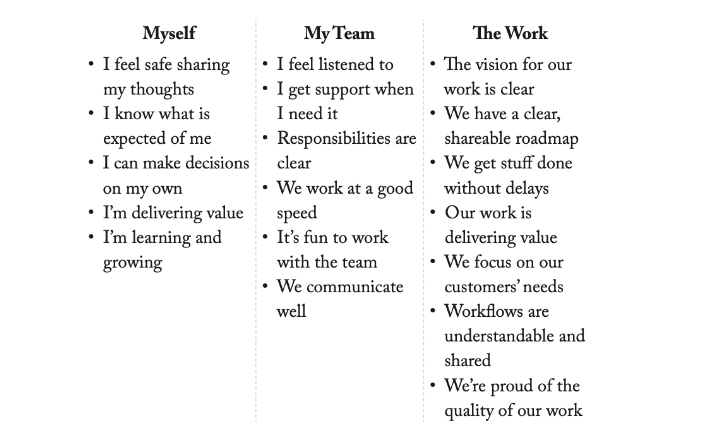
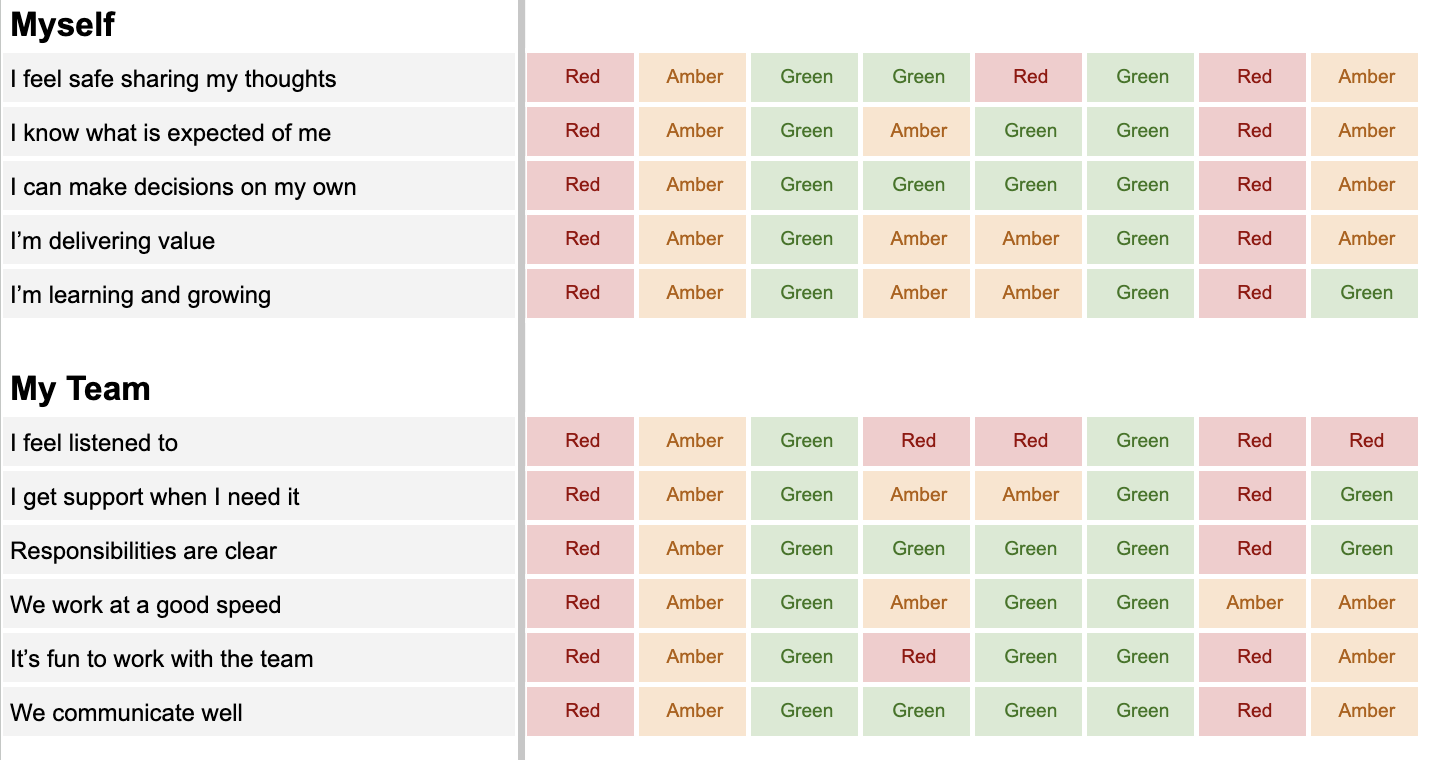


This Guide is gold, Health monitor was my favourite tactic to use with my team. Usually my team doesn’t communicate anything ans these tactics have shifted this. Wonderful!
Really helpful with these examples. Thank you.